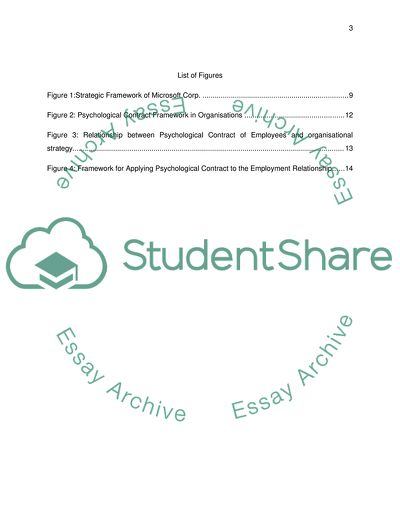Cite this document
(Organisation, People and Performance in Microsoft Corporation Case Study Example | Topics and Well Written Essays - 4000 words, n.d.)
Organisation, People and Performance in Microsoft Corporation Case Study Example | Topics and Well Written Essays - 4000 words. https://studentshare.org/human-resources/1797640-organisations-people-and-performance
Organisation, People and Performance in Microsoft Corporation Case Study Example | Topics and Well Written Essays - 4000 words. https://studentshare.org/human-resources/1797640-organisations-people-and-performance
(Organisation, People and Performance in Microsoft Corporation Case Study Example | Topics and Well Written Essays - 4000 Words)
Organisation, People and Performance in Microsoft Corporation Case Study Example | Topics and Well Written Essays - 4000 Words. https://studentshare.org/human-resources/1797640-organisations-people-and-performance.
Organisation, People and Performance in Microsoft Corporation Case Study Example | Topics and Well Written Essays - 4000 Words. https://studentshare.org/human-resources/1797640-organisations-people-and-performance.
“Organisation, People and Performance in Microsoft Corporation Case Study Example | Topics and Well Written Essays - 4000 Words”. https://studentshare.org/human-resources/1797640-organisations-people-and-performance.


